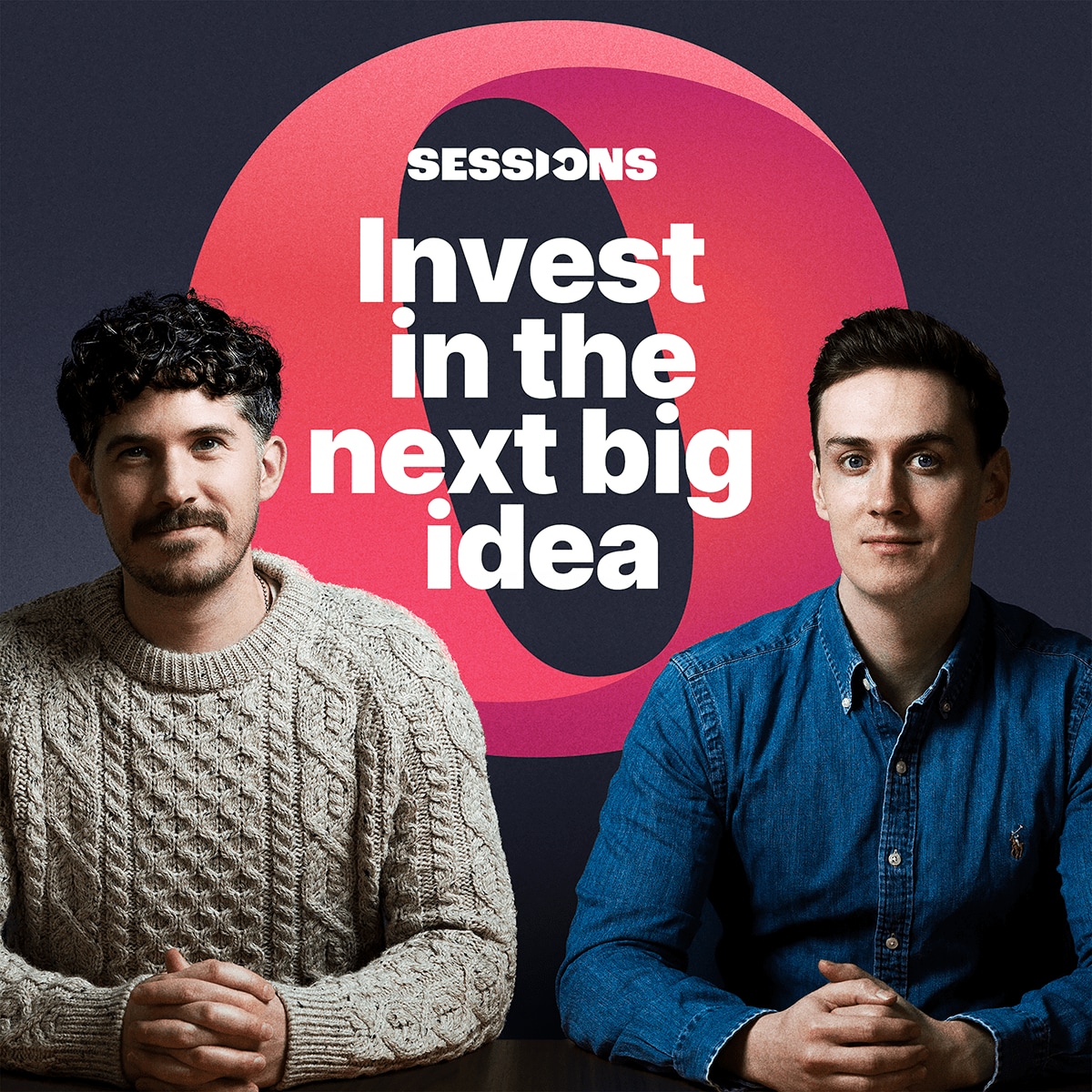Is bitcoin undervalued based on the global potential of its network? What are the positives and negatives of cash-settled bitcoin ETFs compared to physically settled? What’s the biggest threat to the cryptocurrency?
These are just some of the questions Dr Jeff Ross, founder of Vailshire Capital Management, answered at Opto’s first Twitter Space live event.
LISTEN TO THE INTERVIEW:
As an expert on the cryptocurrency market, Ross explained how bitcoin compares to gold and other physical commodities as a store of value at the event.
Ross pointed out how in the analogue age — before the internet — gold was considered by many to be the best option for investors and traders as a stable store of value. “But then along comes the digital age… and so a digital store of value is something that’s even better in many ways than gold has been in the past,” he explained to listeners.
“There are several reasons for this. One is because while gold is generally a scarce asset, it’s not a perfectly scarce asset. And that’s one of the things that bitcoin was the first to solve.”
“There are several reasons for this. One is because while gold is generally a scarce asset, it’s not a perfectly scarce asset. And that’s one of the things that bitcoin was the first to solve”
The cryptocurrency is a scarce asset because only a finite number of bitcoins (21 million) will ever be mined, which means that as long as demand continues to increase, the price of bitcoin will rise due to its inelastic supply.
But how can investors and traders value the price of bitcoin? Ross has found the stock-to-flow model to be “shockingly” accurate when predicting the valuation of the largest cryptocurrency so far.
“The point of the stock-to-flow model is that humans value assets based on their scarcity and based on how much the supply of a given asset is increasing over time,” he explained, adding that while “every asset has its own kind of stock-to-flow model that you can calculate, it is very difficult”.
“At that point, it will go from being a disinflationary asset to a non-inflationary asset. It will technically have a stock-to-flow ratio of infinity, which we’ve never seen anything like before”
Because bitcoin is open-source, how much of it is mined every day is publicly known. The market currently sees circa 900 bitcoins mined a day, down from 1,800 per day in 2019. As a result, bitcoin’s stock-to-flow model is set to decrease every four years, with its next halving due in 2024.
“That’s going to continue all the way until the year 2140, so about 119 years from now. At that point, it will go from being a disinflationary asset to a non-inflationary asset. It will technically have a stock-to-flow ratio of infinity, which we’ve never seen anything like before.”
For more insights from Jeff Ross, listen to the episode on Opto Sessions.
And for more ways to listen:
Listen to the full interview and explore our past episodes on Opto Sessions.
Disclaimer Past performance is not a reliable indicator of future results.
CMC Markets is an execution-only service provider. The material (whether or not it states any opinions) is for general information purposes only, and does not take into account your personal circumstances or objectives. Nothing in this material is (or should be considered to be) financial, investment or other advice on which reliance should be placed. No opinion given in the material constitutes a recommendation by CMC Markets or the author that any particular investment, security, transaction or investment strategy is suitable for any specific person.
The material has not been prepared in accordance with legal requirements designed to promote the independence of investment research. Although we are not specifically prevented from dealing before providing this material, we do not seek to take advantage of the material prior to its dissemination.
CMC Markets does not endorse or offer opinion on the trading strategies used by the author. Their trading strategies do not guarantee any return and CMC Markets shall not be held responsible for any loss that you may incur, either directly or indirectly, arising from any investment based on any information contained herein.
*Tax treatment depends on individual circumstances and can change or may differ in a jurisdiction other than the UK.
Continue reading for FREE
- Includes free newsletter updates, unsubscribe anytime. Privacy policy


